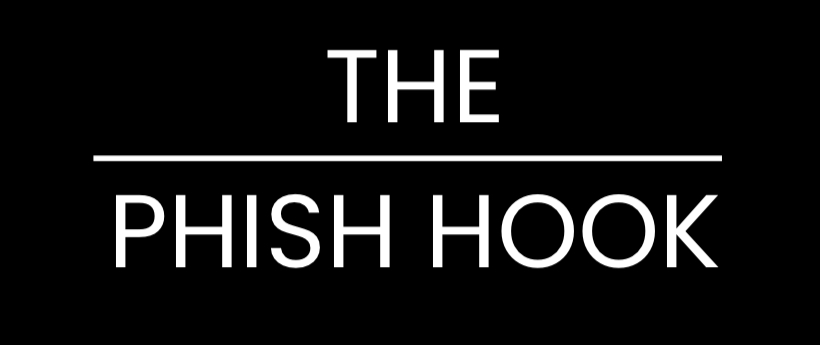As tensions escalate between Iran and Israel, cybersecurity experts are warning of potential ripple effects that could impact the United States. With Iran-linked APTs like Charming Kitten (APT35) ramping up espionage and Israeli-aligned groups such as Predatory Sparrow launching destructive cyberattacks, the digital battlefield is rapidly expanding beyond the Middle East.
Cybersecurity Concerns for the U.S.
Recent U.S. intelligence bulletins suggest that Iranian threat actors may retaliate against Western allies, including the U.S., through coordinated DDoS attacks, phishing campaigns, and critical infrastructure probing. These activities could target sectors such as energy, healthcare, water, and agriculture—mirroring past tactics seen in regional cyber conflicts.
Predicted Threat Vectors
- DDoS attacks on U.S. government and commercial websites
- Credential harvesting through fake interview or NGO outreach emails
- Malware deployments in critical infrastructure via supply chain weaknesses
- Cyber sleeper cells—pre-positioned malware awaiting activation
How U.S. Organizations Can Prepare
- Update all threat intelligence feeds and monitor for Iranian TTPs
- Conduct phishing simulations and user-awareness training
- Patch known vulnerabilities and monitor for signs of lateral movement
- Join ISACs like IT-ISAC or Food and Ag-ISAC for coordinated alerts
Conclusion
The cyber battle between Iran and Israel is not just a regional issue—it’s a global cybersecurity threat with potential U.S. fallout. As politically motivated attacks become more digital and decentralized, American organizations must stay vigilant, proactive, and informed to mitigate risk.
Keywords: Iran Israel cyber war, Iran cyberattack USA, Charming Kitten APT, Predatory Sparrow hackers, U.S. cybersecurity Iran conflict, critical infrastructure cyber threat, Middle East cyber warfare, Iranian retaliation cyber, cyber threat intelligence USA



